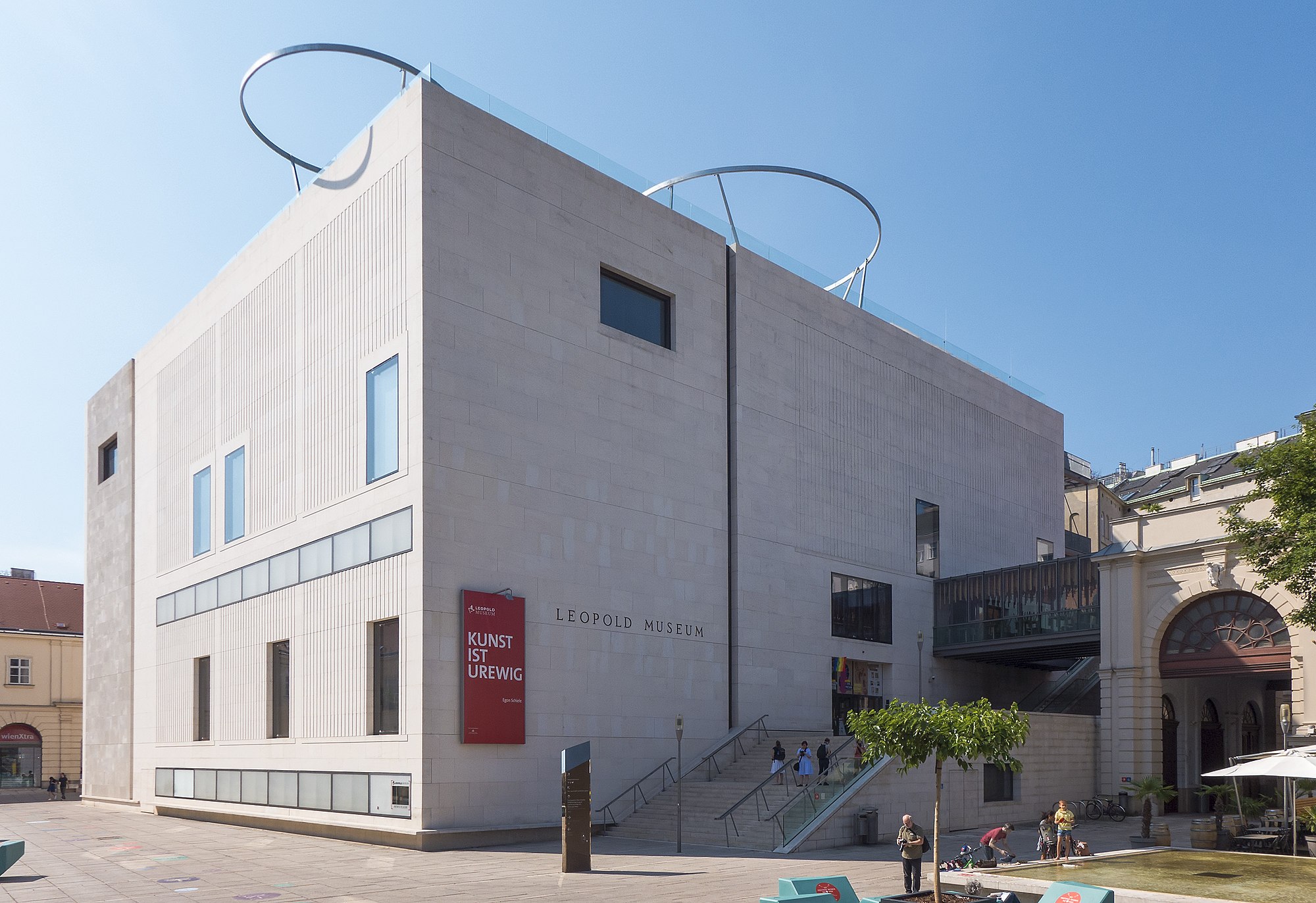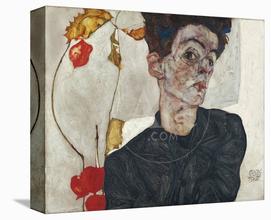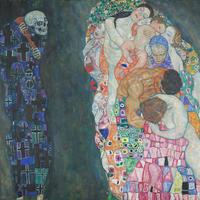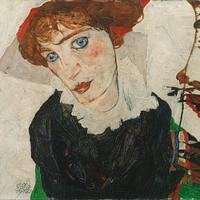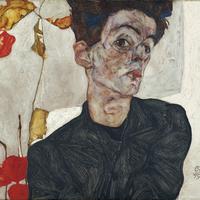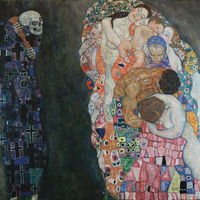More about Leopold Museum
- All
- Info
- Shop
Works at Leopold Museum

Contributor
The Leopold Museum in Vienna boasts an extensive collection of art that may or may not have been looted by Nazis.
Ok, certainly not all of the pieces in the galleries of the Leopold Museum have suspicious pasts full of incomplete provenances. But some do. The founder of the museum, ophthalmologist Rudolf Leopold began collecting art when he was 22 years old. By the time he died he had amassed a collection of over 5,200 works, including the largest collection of works by the artist Egon Schiele in the world. It’s a bummer that he figured out his love of art only after he decided to go to medical school. But I digress.
Rudolf was born in 1925 in Vienna, Austria. His family did not support Hitler and “during the war Leopold avoided conscription by taking refuge in a small mountain village.” After the war he went to medical school, as previously mentioned, which was not a waste of time only because it provided the means by which Leopold could buy art, his true passion. He even stated once that it was “[his] whole life.” Apparently he was so obsessed with it that he would acquire works by any means necessary. In the case of a piece called Portrait of Wally, which the Nazis stole from a woman by the name of Lea Bondi Jaray, a Jewish Viennese art dealer who fled Austria for London in 1937, the means were incredibly shiesty. “In 1953, Dr. Rudolf Leopold...visited [Lea] Bondi during a trip to London. During this visit, Bondi told Leopold that the painting belonged to her and asked him to go to the Belvedere and recover it on her behalf. Leopold agreed to help her. Instead of helping Bondi recover her painting, however, Leopold entered into an agreement with the Belvedere [Austria’s national museum] whereby he exchanged a Schiele painting from his own collection for ‘Wally.’” So shiesty. The lawsuit for this case lasted for 12 years and resulted in the Leopold Museum settling for $19 million, and keeping the portrait. Lea Bondi and Leopold both died before the settlement was reached. In 2012, the lawsuit was made the subject of a documentary called Portrait of Wally. There are also at least three other works that were stolen by the Nazis, so stay tuned for more courtroom drama.
Legal drama is not the only kind of drama at the Leopold however. In 2012, the museum put on an exhibition titled, Nude Males, which was exactly what it sounded like – a collection of nude males throughout history. This alone wouldn’t have been sparked so much controversy, but the museum decided that the promotional poster was going to be a photograph by the artists, Pierre Commoy and Gilles Blanchard, titled "Viva La France," which depicted three French soccer players wearing nothing but cleats and socks. Turns out the Viennese aren’t about full-frontal schlongs. They protested the poster, graffitied it to cover said schlongs, and begged the Leopold to cover them up. But when the time came for the exhibition to open, the museum got 2000 daily visitors. Methinks the Viennese doth protest too much. Despite its scandalous history, the Leopold Museum remains one of the most prominent museum in Vienna. If you’re into Egon Schiele, Gustav Klimt, and/or naked dudes, this museum is for you.
Sources
- Dobrzynski, Judith. "THE ZEALOUS COLLECTOR -- A Special Report.; A Singular Passion For Amassing Art, One Way Or Another." Nytimes.com. N.p., 1997. Web. 7 May 2018.
- Fox, Margalit. "Rudolf Leopold, Art Collector, Dies At 85." Nytimes.com. N.p., 2010. Web. 7 May 2018.
- Parker, Sam. "Naked Footballers Cause Outrage In Sell Out Art Show (PHOTOS)." HuffPost UK. N.p., 2012. Web. 7 May 2018.
- Rosenbaum, Lee. ""Portrait Of Wally" Settlement: What's Wrong With This Picture?." HuffPost. N.p., 2017. Web. 7 May 2018.
- "The Collector Rudolf Leopold | The Leopold Collection | Leopold Museum." Leopoldmuseum.org. Web. 7 May 2018.
Featured Content
Here is what Wikipedia says about Leopold Museum
The Leopold Museum, housed in the Museumsquartier in Vienna, Austria, is home to one of the largest collections of modern Austrian art, featuring artists such as Egon Schiele, Gustav Klimt, Oskar Kokoschka, and Richard Gerstl.
It contains the world's largest Egon Schiele Collection.
The more than 5,000 exhibits collected by Elisabeth and Rudolf Leopold over five decades were consolidated in 1994 with the assistance of the Republic of Austria and the National Bank of Austria into the Leopold Museum Private Foundation. In 2001 the Leopold Museum was opened.
The core of the collection consists of Austrian art of the first half of the 20th century, including key paintings and drawings by Egon Schiele and Gustav Klimt, showing the gradual transformation from the Wiener Secession, the Art Nouveau/Jugendstil movement in Austria to Expressionism. The historical context is illustrated by major Austrian works of art from the 19th and 20th centuries.
Check out the full Wikipedia article about Leopold Museum

